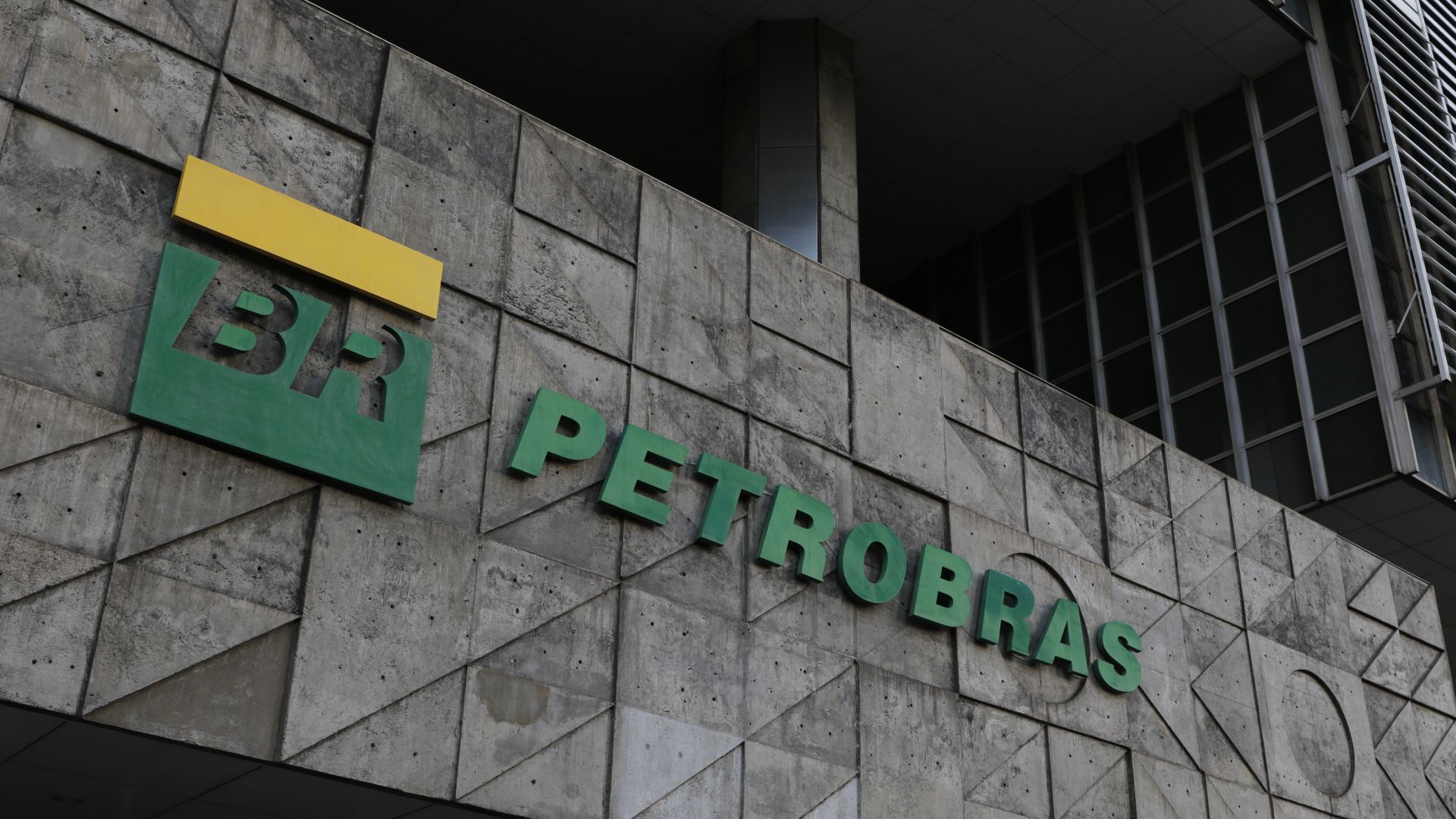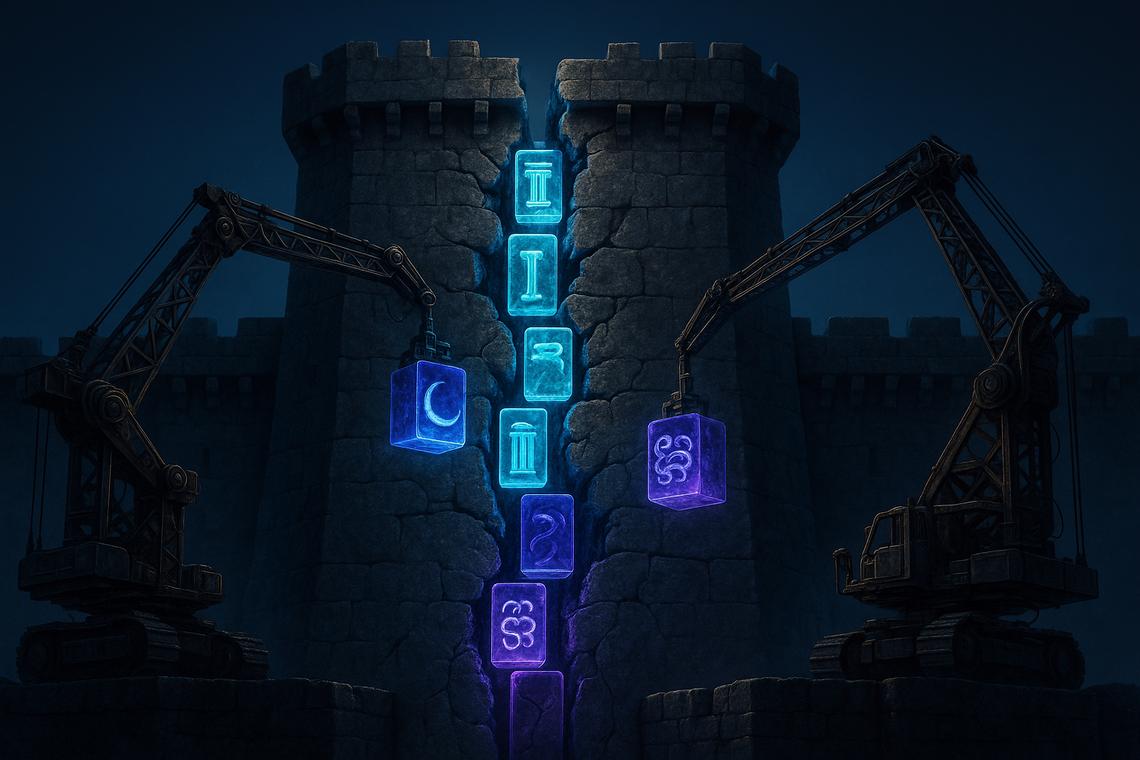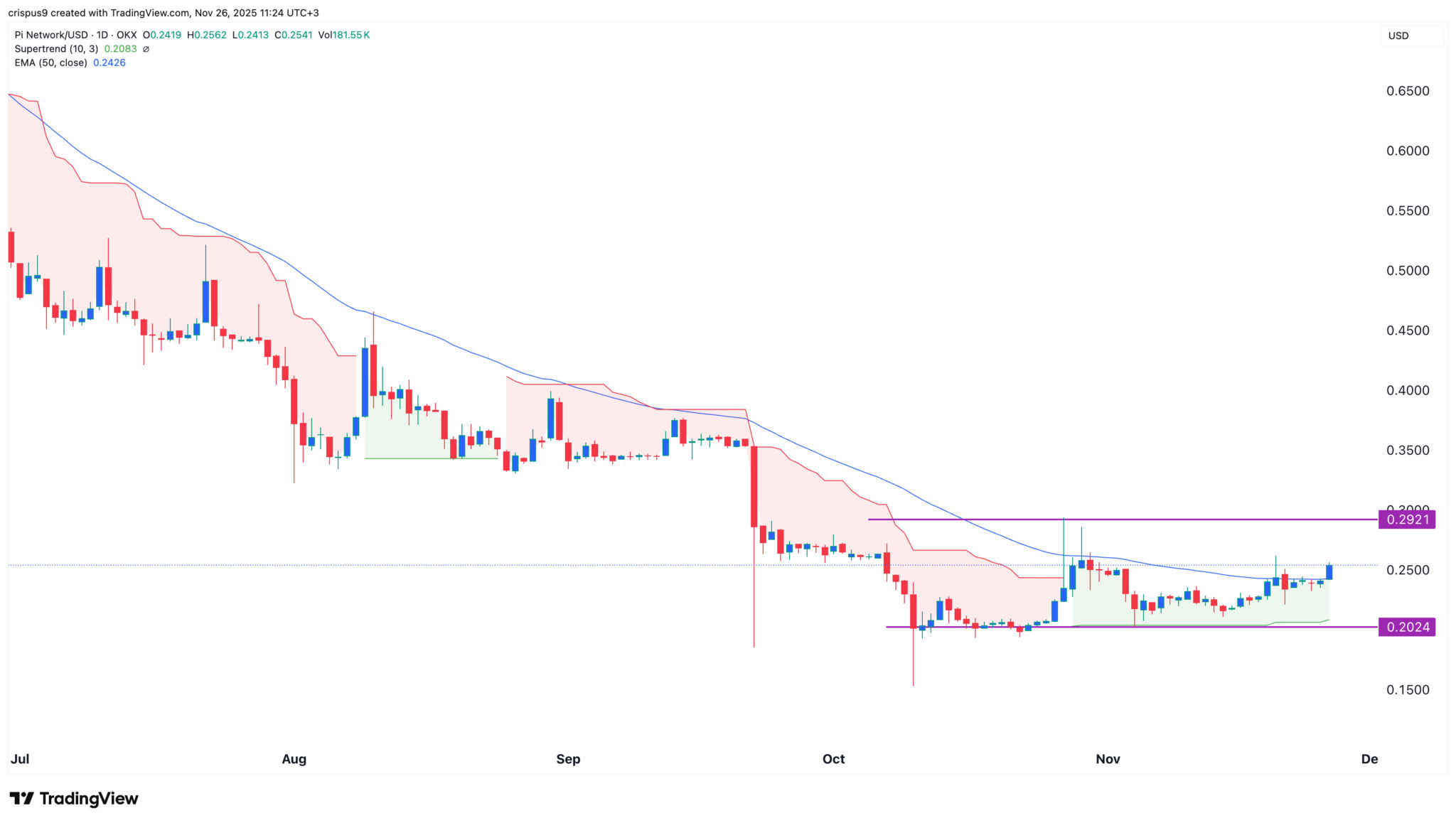Hydra brings the fun back in app building
Hydra is a set of technologies meant to help Cardano (ADA), the world’s biggest proof-of-stake (PoS) system and prominent smart contract platform, handle scalability and security challenges. An unknown Crypto Twitter user asked IOG’s Matthias Benkort (@ KtorZ_) about...
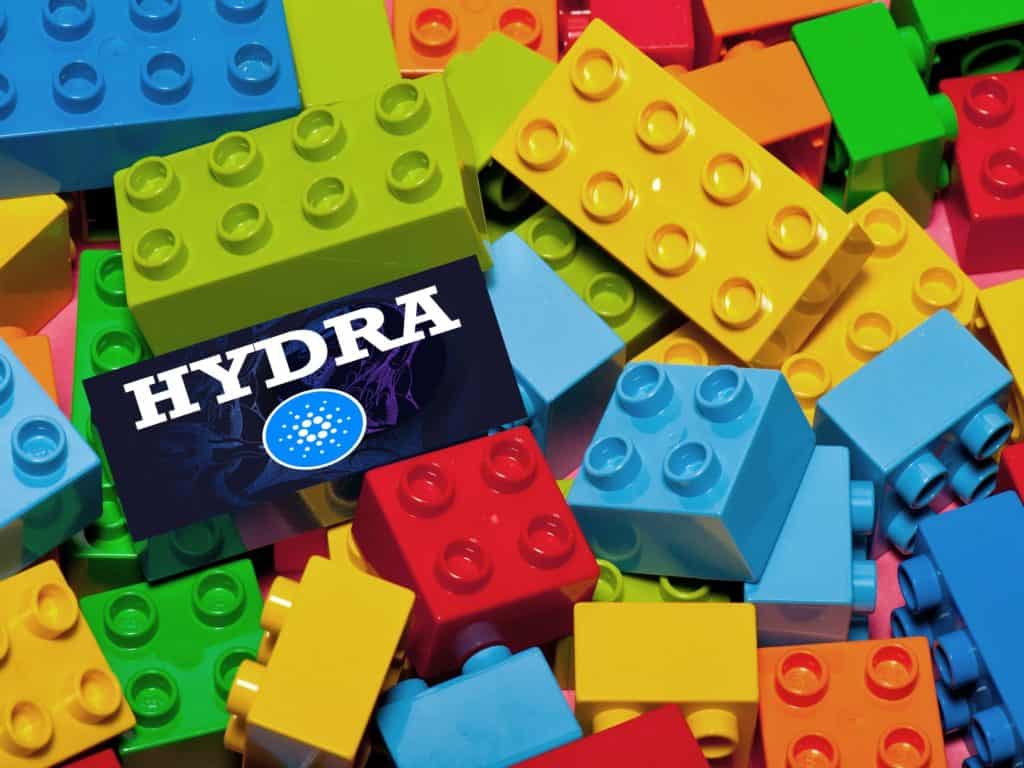
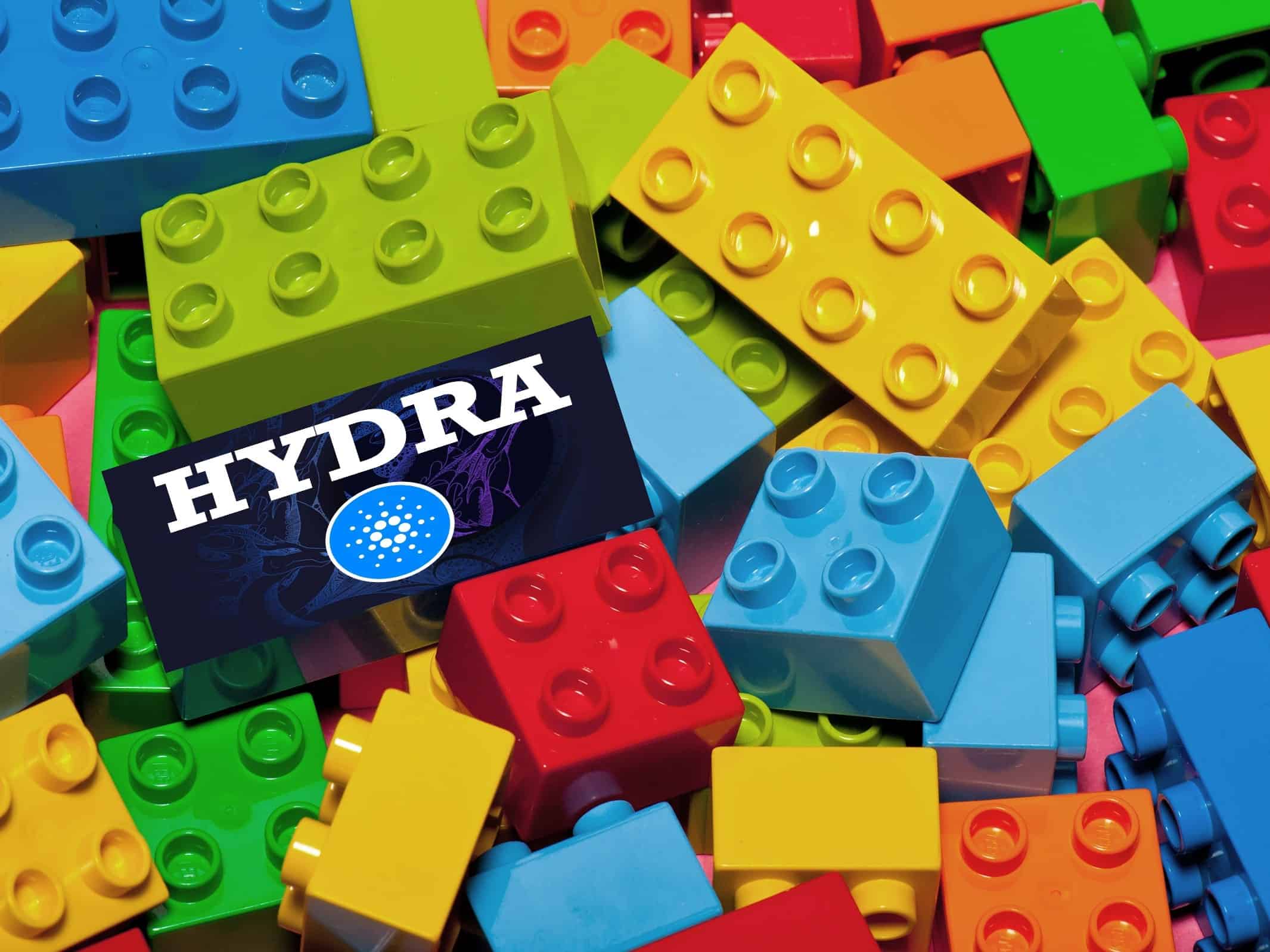
May 1, 2022 by Aishwarya shashikumar
Hydra is a set of technologies meant to help Cardano (ADA), the world’s biggest proof-of-stake (PoS) system and prominent smart contract platform, handle scalability and security challenges.
An unknown Crypto Twitter user asked IOG’s Matthias Benkort (@ KtorZ_) about the intricacies of Hydra’s architecture after the discussion about the newest enhancements to the Cardano (ADA) blockchain and its infrastructure.

Mr. Benkort was asked about Cardano’s first-ever L2 solution’s modular design, which allows numerous decentralized applications (dApps) to be deployed to its infrastructure. This L2 solution will be ready to onboard dApps with various architectures utilizing its different aspects (“Heads”) in a Lego-like way, according to the creator.
In addition, the actual design of Hydra and the timeline for its development will be determined by community demands; several parts of the fundamental “Head” are already entirely up to the community.
Recap on Hydra
Hydra is moving closer to testnet, according to Haskell Dev Matthias Benkort, who tweeted in December 2021. This is a Layer-2 blockchain solution that aims to scale the bigger Cardano blockchain by cutting latency and increasing transaction throughput (TPS).
Now, fast forward to the present, and it appears like a final version will be available soon. With the arrival of this L2 solution, users will have access to a scalable solution that will boost throughput, remove latency, incur low to no costs, and substantially reduce storage requirements.
This will be performed through an isomorphic scaling method, which functions by conducting transactions off the main chain while retaining the main chain as a secure settlement layer.
Isomorphic state channels, or heads, provide access to Cardano features such as native assets, non-fungible tokens (NFTs), and Plutus scripting. As a result, users benefit from the layer-1 blockchain’s benefits and security while functioning within a “sharded head,” of which there will be many. Benkort further stated,
“These are state channels that are capable of expediently reusing the exact state representation of the underlying ledger and, hence, inherit the ledger’s scripting system as is.”
In theory, when more heads are added to the network, it will become faster. At the time of writing, Cardano (ADA) was priced at $0.782133 and had plunged by 3.2% over the last 24 hours.
Delegate Your Voting Power to FEED DRep in Cardano Governance.
DRep ID: drep12ukt4ctzmtf6l5rj76cddgf3dvuy0lfz7uky08jfvgr9ugaapz4 | We are driven to register as a DRep by our deep dedication to the Cardano ecosystem and our aspiration to take an active role in its development, ensuring that its progress stays true to the principles of decentralization, security, and community empowerment.DELEGATE VOTING POWER!



